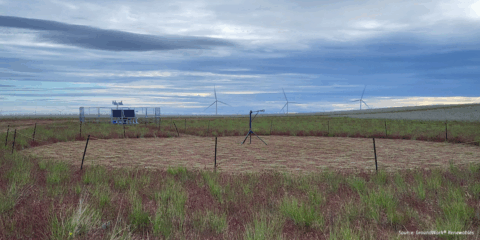In years recent to 2020, low solar-resource in the Eastern U.S. was observed in the SolarAnywhere® dataset. This paper...
Reducing uncertainty with observational MET programs
This week, we’re pleased to present a guest post from GroundWork® Renewables’ Director of Data and Analytics Julie Chard. At GroundWork, we’re committed to delivering high-quality solar-meteorological (MET) data to reduce uncertainty in solar resource assessments. With more than 15 years of experience supporting the solar development community, our observational MET programs combine best-in-class equipment and […]


